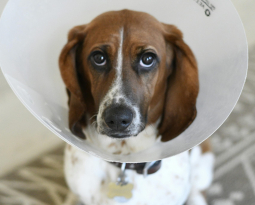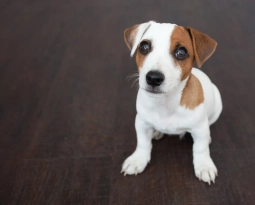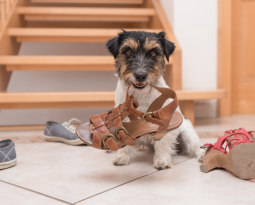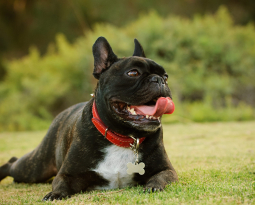We recently talked about signs of dehydration in dogs, so we want to cover what the signs of dehydration in cats are. Cats are at a higher risk of getting dehydrated than dogs because instinctively, cats are not good drinkers. They’re picky about their environment and if they don’t like something, they will avoid it. So if your cat avoids their water bowl, it may be time to get a new bowl or move it to a new place in the house. They may also not like the type of water in it.
All of these can easily lead to a well-loved cat getting dehydrated. If you are worried that your cat isn’t drinking enough, you can look for these symptoms below our contact a vet at Acoma Animal Clinic in Tucson.
Signs of Dehydration in a Cat
If your cat is dehydrated, there are a few things you can look out for. These symptoms include:
- Refusal to eat
- Listlessness
- Panting
- Sunken eyes
- Dry and tacky gums
- Skin that doesn’t “bounce back”
- Constipation
- Increased heart rate
You can check your cat’s gums and skin elasticity on your own.
To check their gums, press a finger against them and gently push for a second. Lift your finger and watch what happens. Their gums should turn white in the spot you pressed. It should only take a couple of seconds (1-2) for their gums to return to their normal color. If it takes longer, then your cat is likely dehydrated.
You can also check their skin elasticity by finding the loose skin between your cat’s shoulders. This is not their scruff, but is right below it. Gently grab their skin and pull up. If your cat is hydrated, the skin should bounce back into its original position quickly. If they need more water, then it will sink back slowly. If the skin stays up, then they are dangerously dehydrated and you should take them to a vet immediately to administer fluids.
What Causes Feline Dehydration?
Dehydration happens when your cat is expelling more water than they are taking in. It can be caused by many things, but the most common is that they’re just not drinking enough.
It’s extremely important to ensure a cat doesn’t become dehydrated, especially for those felines afflicted by diabetes or renal failure. If your cat has these, they urinate more than normal, which causes them to go through more water than the average cat. This means they’re at a higher risk for dehydration!
Why Won’t My Cat Drink?
Cats are picky. Even the smallest discomfort can cause them to avoid their water bowl. Try keeping their bowl in a cool and quiet location in the house, not near their food. Some cats don’t like eating and drinking in the same place.
Be sure to keep their bowl clean and change out the water at least two times per day.
You can also try any of the following tips.
Get a New Bowl
Some cats have sensitive whiskers and may not like drinking from smaller bowls as it irritates their face. Try giving her a wider bowl or a cat water fountain. If your cat loves drinking from the faucet, they would probably love a water fountain as well.
Some cats don’t like plastic bowls as they retain smells. Try switching the bowl to glass or metal. Keep in mind though, that if your cat doesn’t have the best eyesight, a reflective bowl may not entice them to drink as they may not be able to see the water in it!
Try Wet Food
If your cat is strictly on a dry food diet, it may be a good idea to start feeding them wet food once a day to replace hydration. Dried cat food contains only 10% water while moist food can contain up to 80% water.
Test the Water Temperature
Does your cat paw at its water? They might be checking the temperature of it! Cats’ paws are very sensitive to hot and cold. This is why they paw at running water — they aren’t necessarily playing, they are testing to see if it’s too hot or cold for them.
Some cats prefer colder water, others like room temperature, and some cats have quirks where they prefer to drink water off their paw instead of out of the bowl. This can be caused by sensitive whiskers, them not liking their water bowl, or just a habit they developed. It’s not very efficient though, so look at other ways to get your cat water.
If you notice that your cat paws at and leaves room temperature water, try putting a couple of ice cubes in the bowl to entice them to drink. They may also think it’s a fun new toy, so be prepared for spills.
Do You Have Multiple Cats?
If you have more than one cat, you should have more than one food and water bowl around your house. Cats are very territorial and many of them don’t like eating where other cats do, even if they’re buddies. If you notice your kitty shunning their water bowl, they may simply be telling you that they don’t want to drink where the other cat does. Try getting a second bowl and putting it in another room. Show your cat this bowl and watch it throughout the day to see if she drinks.
Remember, you can lead a cat to water, but you can’t make them drink. Cats are picky and have minds of their own — they don’t like doing things you want them to do. So try these tips and have some patience with your cat to see if they’re working. But if you notice that your cat is still not drinking or if the symptoms of dehydration seem severe, contact your vet right away.







